Laundry Bluing is “Green” and Brightens Whites

Laundry bluing might be a fresh concept to you, but guess what? It’s not a new trick. In fact, if you catch on to this hot tip to make your whites brighter, chances are, you’re stealing a page out of your grandma’s, or her grandma’s, domestic spellbook. And why shouldn’t you? One thing I’ve noticed, the household magicians who came before us had a wealth of knowledge. If you want to deep clean your laundry try laundry stripping, then come back here to learn how to whiten laundry without bleach!
Pro Tips:
- It may be tempting to add more bluing. Resist! If your whites aren’t as bright as you desire, repeat the process, rather than add extra solution.
- If you choose to add bluing during the wash cycle, increase the amount of bluing. If it is a large load you will need ¼ tsp diluted into a few quarts of water.
What if I have a front loader washing machine?
For a front loader machine, everything is pretty much the same. Only in your case, you will add the diluted bluing to the dispenser (as long as it remains unlocked during the cycle). If your dispenser door locks, add the diluted bluing to the largest drawer in your dispenser before starting the washing machine.
When is the best time to start bluing my whites?
It’s never too soon to start bluing your whites. It’s totally fine to start on the first wash, and every wash following. Bluing is actually most effective when you start with it out of the gate. This will prevent your whites from ever having to face a sad, yellowed existence. And as for you, I’d bet on your grandma’s crisp sheets that the whiteness of your smile will rival your brightened fabric once you see the results.F
un fact! It’s common for white fabrics to be dyed with a hint of blue during manufacturing, in order to make the brightest impression on the consumer. As materials are washed, this blue tends to fade out, which is one of the contributing factors to the dulling of our whites.
It makes sense that there are oodles of shades of white. For example, one leading paint manufacturer offers 315 shades of white. There are “off whites”, and “hints of color”, and “pure whites”. The brightest whites have a hint of blue in them. Even artists will add some blue paint into white paint to create a painting with “pop”.
Bluing for whites is actually “green”…
Laundry bluing utilizes a blue dye diluted in water. This dilution is added to the load of whites in your washer, either during the wash or rinse cycle. This essentially adds a blue hue to the
laundry that is exposed to the concentrated liquid bluing. When this happens, the human eye perceives a heightened degree of whiteness.
Bluing is wonderfully gentle on fabrics, which is an alternative to the harsher process of bleaching. Bleaching takes a toll on fabrics and can even eventually weaken fibers and cause graying (Gasp!). Not to mention, bleach is corrosive and toxic. Bleach isn’t a particularly “green” chemical because it’s harmful on marine life and waterways. It starts to get confusing, but trust me, bluing whites is a “green” eco-friendly practice, especially because it keeps your housewares and clothes in service longer.
How do I blue my laundry?
Bluing laundry is super easy. The first step is finding a grocery or hardware store that carries it. You can also order it online.
Once you have Mrs. Stewart in hand, collect up some whites. According to bottle instructions, you can either add bluing to your wash or rinse water.
I chose to add bluing to my rinse water. The downside of adding bluing to the rinse is that you have to keep close tabs on your washing cycle. I added the diluted bluing solution at the beginning of the rinse cycle, after waiting for the machine to fill up again. I recommend knowing how long your wash cycle takes, then set a timer.
- Once your load has gone through the wash cycle, drained, and filled back up for the rinse, it’s time to add the diluted bluing solution.
- For a large load of top-loader laundry, dilute 1/8 teaspoon bluing in a quart of water.
- A small load requires only a few drops diluted in a quart of water.
- Push textiles down and make space to add bluing into the water, rather than straight onto fabric. If too much bluing gets directly onto an item, it could cause staining (see bottle for reversal tips).
- Let laundry finish the cycle, then dry as directed per garment laundering tags.
Tada! My Taekwondo uniform is bright and clean!
Enjoyed the project?
Resources for this project:

Comments
Join the conversation
-
 Lana pettit
on Jan 08, 2024
Lana pettit
on Jan 08, 2024
How can i print this “blueing “ instruction for later referencing?
-
-
 Lana pettit
on Jan 08, 2024
Lana pettit
on Jan 08, 2024
Definitely but would like to print the detailed order of instructions to save me writing it down. I noted there were many variations.
-





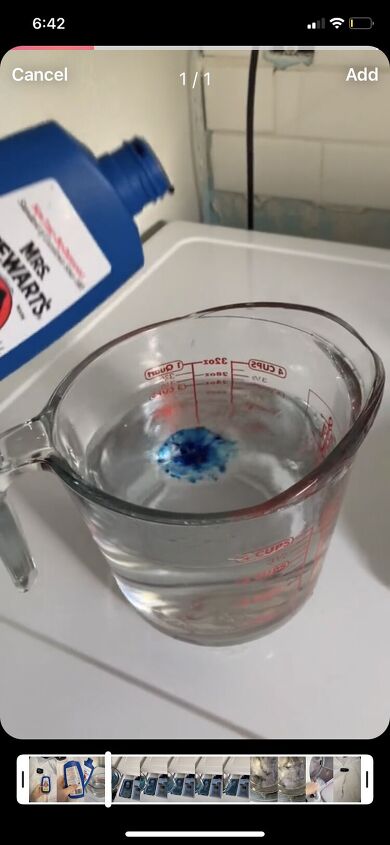





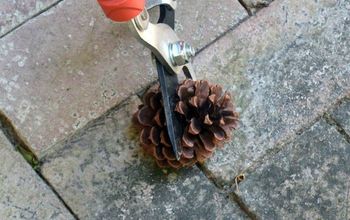







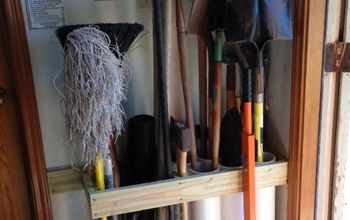



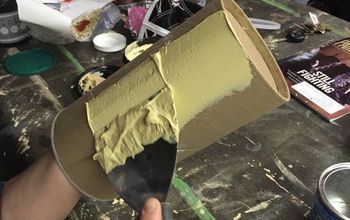

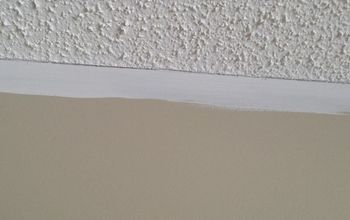



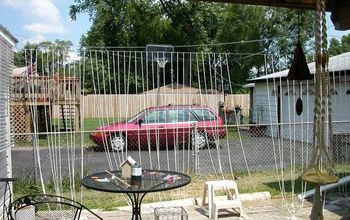


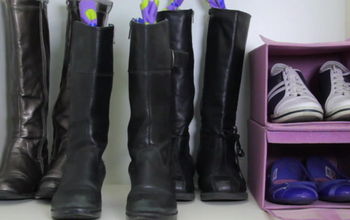

Frequently asked questions
Have a question about this project?
Could you just add a little to your fabric softener? Or maybe with water in the softener dispenser??
We live on a well and whites are always looking bad (rust in water) will this work for that? Even though we have a water softner still dingy. Thank you
You said not to add extra blue to your solution. Better to do it 2x than add extra....
You also said (I think you did now I gotta look) ok yeah you like to put yours in on the rinse cycle. I got a neurodivergent brain and I know I will never catch a my load right before it hits it's rinse cycle. Not even in the cards for me. But I do know and use it regularly unfortunately the rinse and spin cycle. As I forget I had a load in yesterday so I'll throw in small hand ful sent beads maybe little more softener and rinse and spin. Couldnt you add some to your wash then after you wash it then start a rinse and spin only cycle adding more bluing solution for extra whiteness?